Vegetable
All Vegetable Content
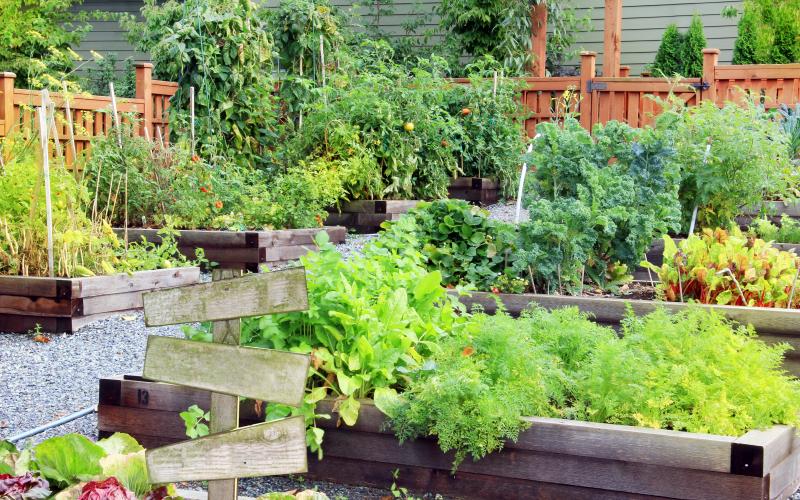
Fertilizing Gardens in South Dakota
Publication about fertilizing gardens in South Dakota
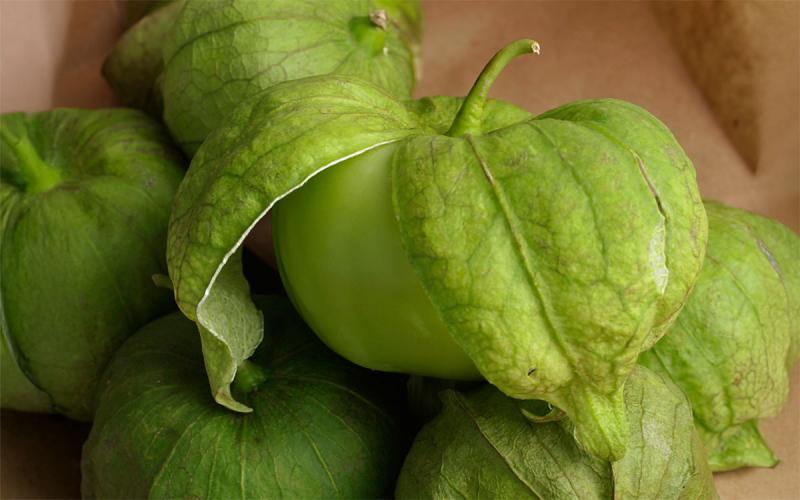
Tomatillo: How to Grow It
Tomatillos are the lesser-known cousin of tomatoes, and they are commonly used in sauces or salsas. Learn some expert tips for planting, growing, and harvesting them in this resource!
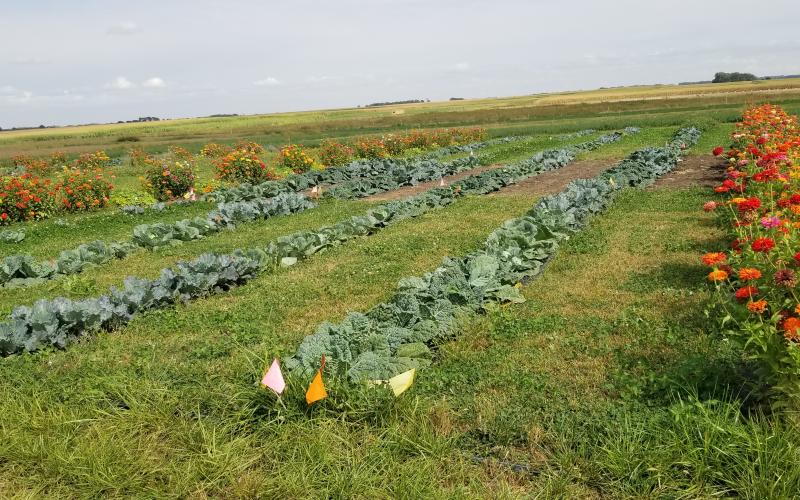
SDSU Extension to host virtual training series on vegetable production
January 17, 2025
Designed to empower small and medium-scale commercial specialty crop producers to improve and expand their operations, the short course will provide practical, science-based vegetable production information.

Integrating Living Mulch on Vegetable Farms in South Dakota: 2024 Results
Research report determining the impact of two established clover species on weed suppression, crop growth, and yield of severable brassica species.
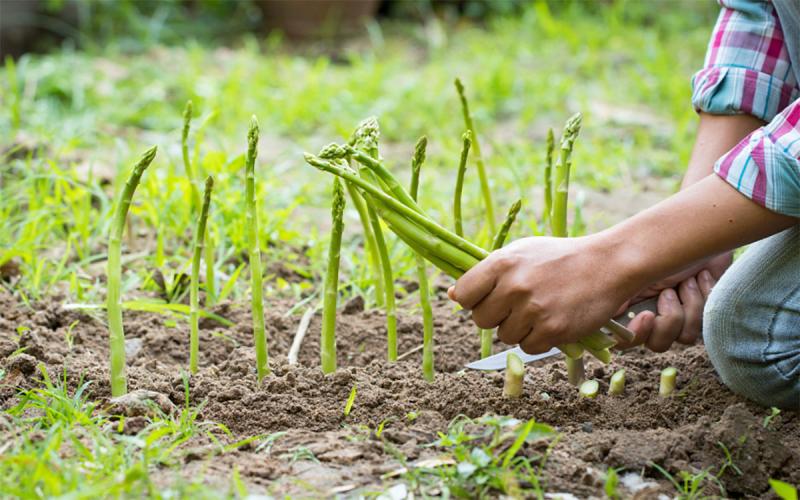
Asparagus: How to Grow It
One of the joys of spring is fresh asparagus. With a little attention, this perennial vegetable can flourish in your garden. Learn some expert tips for planting, growing, and harvesting it in this resource!
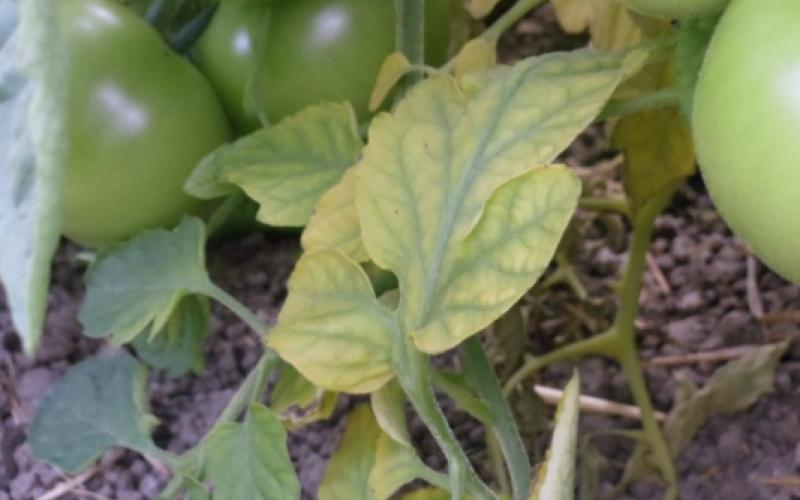
Monitoring and Correcting Magnesium Deficiency in High Tunnels
This point in the growing season is a good time to monitor and correct for magnesium deficiency in high tunnel crops, especially on tomatoes. Deficiency symptoms normally appear mid-season on plants with heavy fruit loads.

Indian Corn & Popcorn
Beautifully hued ears of dried ornamental corn appear this time of year in autumn decorations. In South Dakota, each fall the Corn Palace at Mitchell sports fresh murals from the naturally colored corn.
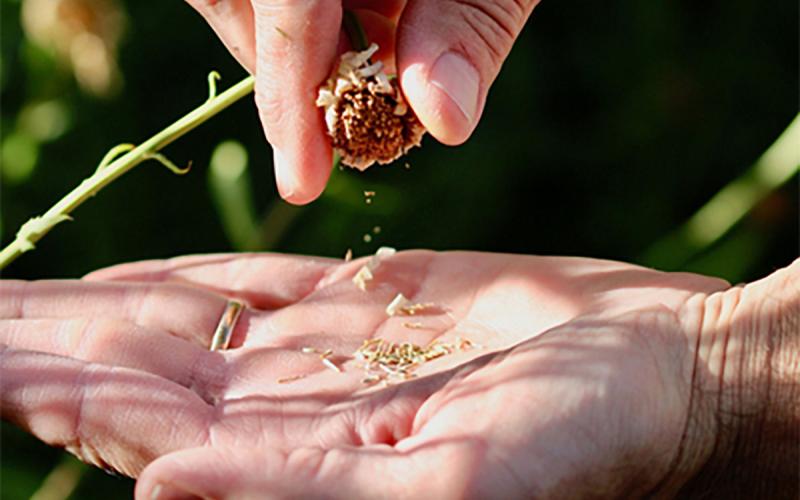
Saving Seed: Will the seed produce plants similar to the plant it was collected from?
It can be very rewarding to harvest and save seed of ornamental and vegetable plants. But why is it that sometimes when we plant the seed we saved, the results do not seem to be very like the plant we collected the seed from?
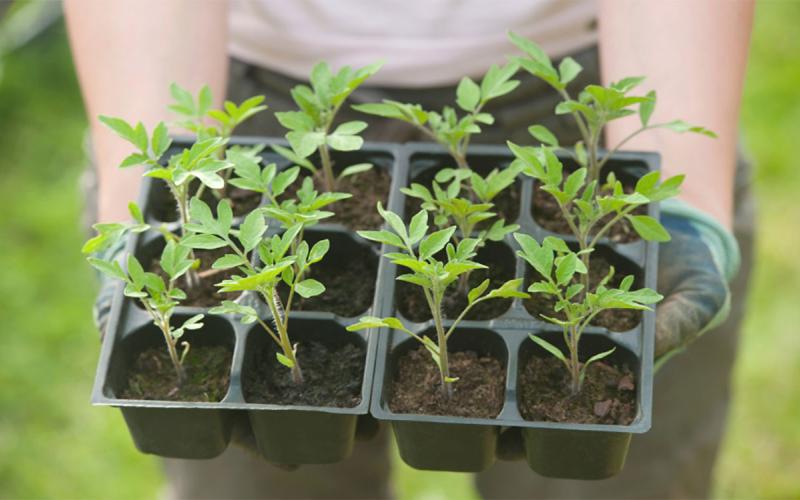
When Should I Plant My Warm-Season Vegetables?
Knowing when to plant warm-season vegetables can be a challenge in South Dakota when there are dramatic temperature swings each spring. Learn some expert tips for getting started!

SDSU Extension to host 4th annual Specialty Crop Field Day
August 28, 2024
This free, family-friendly event will feature a series of presentations and field tours related to small- to mid-scale commercial vegetable production research trials. Field tours will feature SDSU Extension research plots of cucumbers, tomatoes, melons, onions, peppers and broccolini.